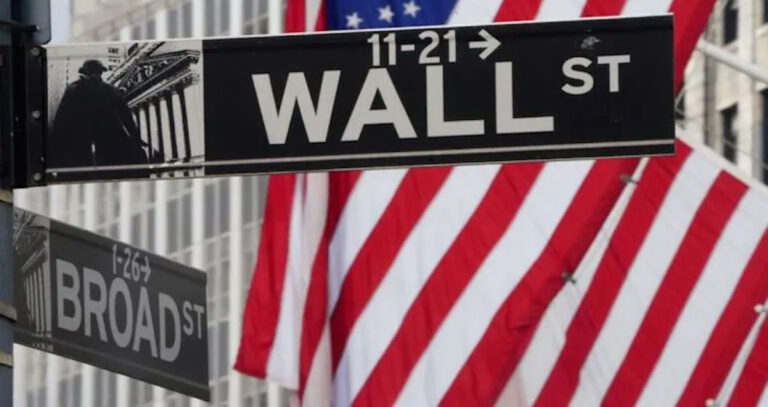
US markets recovered on Tuesday as generally on-target inflation data and diminishing concerns over banking sector contagion tempered expectations about the amount of the rate rise at the Federal Reserve’s policy meeting next week.
After several days of risk-off turbulence caused by the collapse of Silicon Valley Bank and Signature Bank, all three main US stock indexes finished strongly higher, with the S&P 500 and Dow rising more than 1% and the tech-heavy Nasdaq gaining more than 2%.
Banking stocks recovered some of their losses, with the S&P 500 Banks index (.SPXBK) recovering from its biggest one-day drop since June 2020.
The KBW Regional Banking index (.KRX) increased by 2.1%.
On Tuesday, worries about a bank crisis spreading were put to rest when US President Joe Biden and other world leaders promised to fix the problem.
“The market is having an opportunity to digest some of the news over the last couple of days,” said Matthew Keator, managing partner in the Keator Group, a wealth management firm in Lenox, Massachusetts. “(Investors) are seeing a coordinated effort with various government agencies, and with hindsight, they’re feeling as if things have contained themselves a bit.”
Consumer prices fell in February, broadly in line with market forecasts, according to the Labor Department’s CPI data, with both headline and core measures seeing welcome yearly decreases.
Yet, inflation has a long way to go before it reaches the central bank’s average annual objective of 2%.
Yet, signals of economic weakness, along with the regional banking crisis, have boosted the likelihood that the Federal Reserve would adopt a small 25-basis-point rise to its main interest rate at the end of its two-day policy meeting on March 22.
According to CME’s FedWatch tool, financial markets now expect the Fed to increase the Fed Funds target rate by an extra 25 basis points at the end of its two-day monetary meeting later this month, with a rising minority (25.5%) expecting no rate rise at all.
“Part of today’s stabilization is people feeling that the Fed will back off from some of the aggressive expectations that accompanied Chairman Powell’s remarks last week,” Keator noted.
“If the Fed is not cautious, they may cause some unanticipated shocks to the system,” he said.
Shock waves from the failures of Silicon Valley Bank and Signature Bank continued to resonate across the industry, prompting Biden to pledge that he would limit the crisis and protect the stability of the US financial system.
The S&P 500 banking index (.SPXBK) regained ground on Monday, jumping 2.6% following its largest one-day decline since June 2020.
The Dow Jones Industrial Average (.DJI) increased by 336.26 points, or 1.06%, to 32,155.4; the S&P 500 (.SPX) increased by 64.8 points, or 1.68%, to 3,920.56; and the Nasdaq Composite (.IXIC) increased by 239.31 points, or 2.14%, to 11,428.15.
The S&P 500’s 11 main sectors all finished the day higher, with communication services (.SPLRCL) posting the highest percentage gain.
In a reversal of the previous session’s meltdown, shares of First Republic Bank (FRC.N) and Western Alliance Bancorp (WAL.N) increased by 27.0% and 14.4%, respectively.
In its second wave of layoffs, Meta Platforms Inc. (META.O) announced 10,000 employment losses. The stock increased 7.3%.
Uber Technologies Inc. (UBER.N) and Lyft Inc. (LYFT.O) climbed 5.0% and 0.6%, respectively, after a California state court reinstated a ballot proposal that would enable the businesses to classify drivers as independent contractors rather than employees.
United Airlines Holdings Inc. (UAL.O) slumped 5.4% after the commercial airline announced an unexpected deficit for the current quarter.
AMC Entertainment Holdings (AMC.N) fell 15.0% between trade halts after its shareholders opted to convert preferred stock to common stock.
On the NYSE, the number of stocks going up was 2.60 times the number going down. On the Nasdaq, the number of stocks going up was 1.83 times the number going down.
The S&P 500 set three new 52-week highs and 15 new lows, while the Nasdaq Composite set 23 new highs and 195 new lows.
Volume on US exchanges was 13.84 billion shares, up from 11.64 billion on the previous 20 trading days.